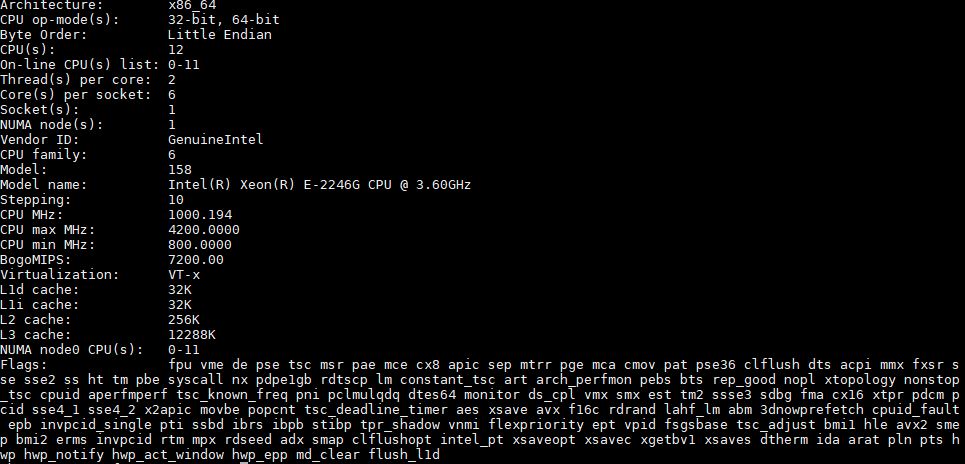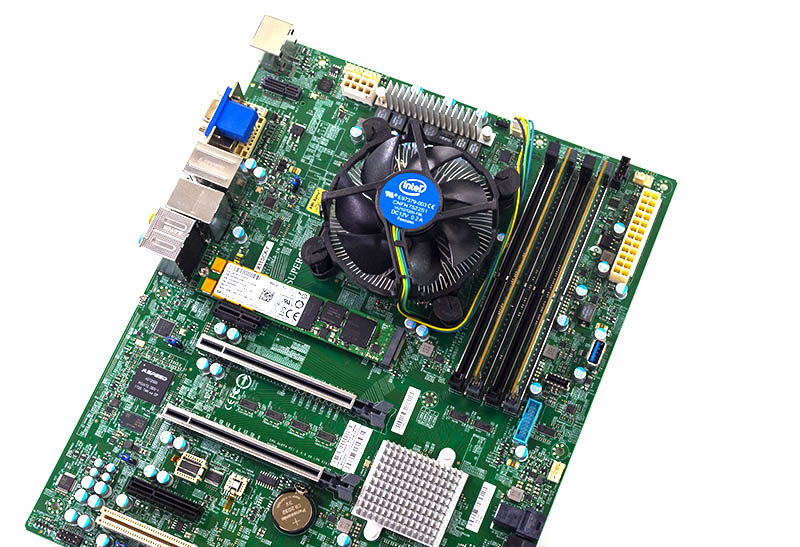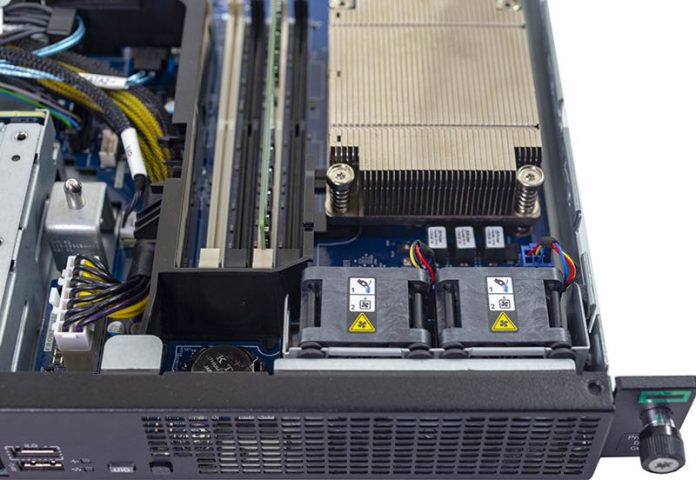If you recall our previous-generation discussion, we called Intel Xeon E-2146G our top pick. With the Intel Xeon E-2246G, we again find an excellent value in the entry Xeon lineup. The Xeon E-2246G is a 6 core CPU and the “G” denotes that the processor has an Intel P630 integrated GPU. In this generation, we now have 8 core SKUs which changes the relative performance ranking in the stack. With a solid number of cores and high clock speeds, we expect this to continue as a strong value in our benchmarks and review.
Key stats for the Intel Xeon E-2246G: 6 cores / 12 threads with a 3.6GHz base clock and 4.8GHz turbo boost. There is 12MB of onboard cache. The CPU features an 80W TDP. These are $311 list price parts. Here is the Intel Ark page for your reference.
Here is what the lscpu output looks like for an Intel Xeon E-2246G:

Here we see fairly muted base clock speed gains versus the previous generation. We only saw a 100MHz increase in base clock speed to 3.6GHz. On the Turbo clock side, we see a 300MHz gain moving from 4.5GHz to 4.8GHz which is more substantial. Overall, these are very similar to the mid-generation upgrades we would see on the older Xeon E3-1200 lines. You can read the history of this segment in Looking back at Intel Xeon E3-1200 V1-V6 to the New Xeon E-2100.
Often in the days of the Xeon E3 series, we would see a 100MHz clock speed gain. In this generation, we get a 100MHz base and 300MHz maximum turbo clock at the same price and same TDP. It is hard not to like additional performance for “free” on the newer generation.
One of the biggest benefits to the Intel Xeon E-2246G is the “G” which denotes onboard graphics. For those that need a server that can do video encoding/ transcoding, having onboard graphics is important.
We are also making a major change with the latest Xeon E-2200 reviews. Our charts now have 16 examples in these sockets from the previous and current generations. The 17th chip is already being tested. As a result, we are only mixing in a very small set of other processors to give some indication where performance falls compared to other lines. Realistically, if you are buying or upgrading a Xeon E-2200 series server, you are choosing between processor options that can be used in that server. Since that is a key decision point we are targeting with this series, we are going to primarily focus on in-socket comparisons.
Test Configuration
Here is our basic configuration for this class of CPU:
- Motherboard: Supemicro X11SCA-F
- CPU: Intel Xeon E-2246G
- RAM: 4x 8GB DDR4-2666 ECC UDIMMs
- SSD: Intel DC S3710 400GB
- SATADOM: Supermicro 32GB SATADOM
The CPU itself supports up to 128GB of RAM, in a 4x 32GB configuration. We see these platforms using 32-64GB or less given cost sensitivities.

There are going to be folks who want to point to AMD alternatives. As of this writing, there are really no alternatives in this space because while AMD may have competitive CPU parts, vendors have a vibrant Intel Xeon E-2100/ E-2200/ Core i3 ecosystem. AMD needs to do some work here to catch up, but it is not a focus market for them. Single socket servers in this segment are a relatively low volume area.
Next, we are going to take a look at our Intel Xeon E-2246G benchmarks, we are then going to focus on power consumption then conclude with our final words on the processors.





ASRock Rack:
– X570D4I-2T
– X470D4U2-2T
– X470D4U
Copy/paste